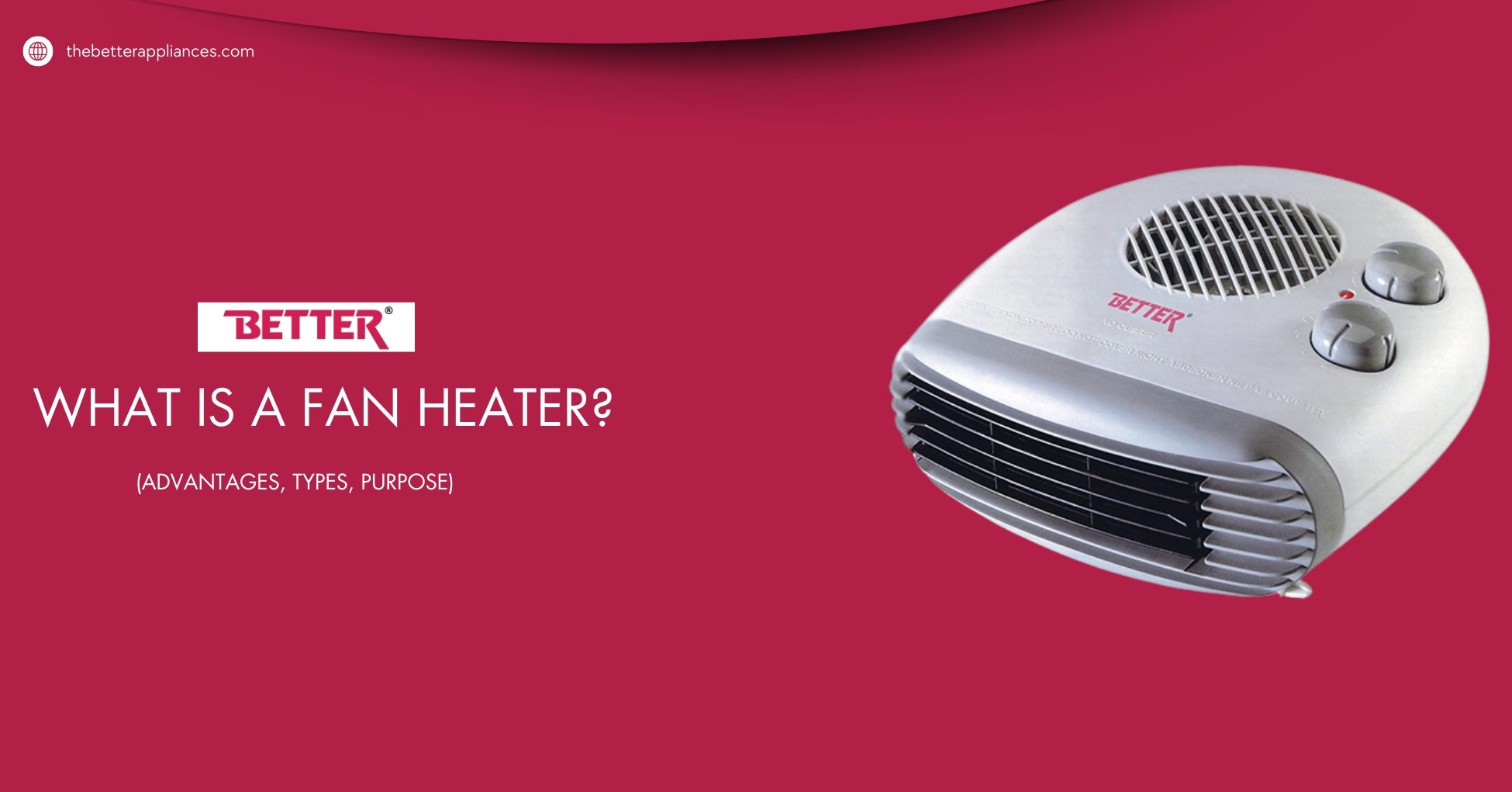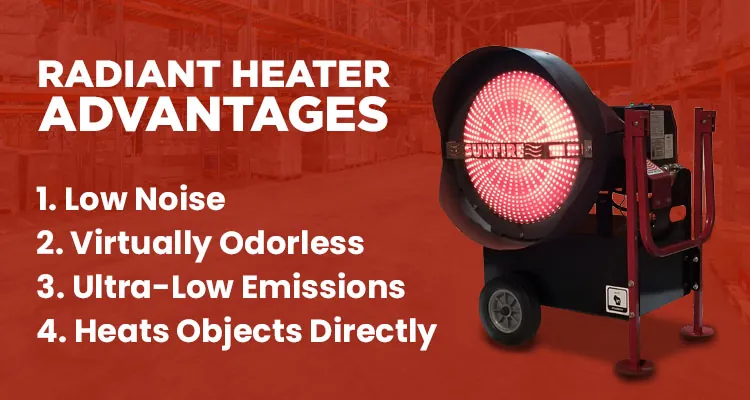Everything about 1 Source Portable Air
Table of ContentsHow 1 Source Portable Air can Save You Time, Stress, and Money.Getting The 1 Source Portable Air To Work10 Simple Techniques For 1 Source Portable AirThe 4-Minute Rule for 1 Source Portable AirGetting My 1 Source Portable Air To WorkThe Greatest Guide To 1 Source Portable Air
In spite of its tiny dimension, this heater was surprisingly efficient, warming our room in simply 15 mins on the least expensive setup - 1 Source Portable Air. Even from 4 feet away, we felt the warmth nearly quickly. It features 2 buttonsone for warm output and one for the timer (set for one, 2, or three hours)and three warm settings: high, reduced, and all-natural wind
What Could Be Improved There isn't a substantial distinction between warmth setups. Many thanks to their elevation and oscillation, tower space heaters are more reliable at home heating big rooms by getting to both high and reduced locations.
While we didn't see a huge distinction between the settings, we were excited by just how swiftly and efficiently it warmed us up. Unlike tower followers that tend to be bulky, this set's light-weight layout made it very easy to move and rearrange. In terms of safety and security, this heater checks all the boxes: an eight-hour timer, overheat security, and an anti-tipping function to avoid it from falling while hot.
The Basic Principles Of 1 Source Portable Air
We located a few of the panel settings a bit complicated in the beginning, but we eventually mastered it. This heater was a lifesaver during height winter monthsit really came through after a neighbor's pipelines froze. Six months later, it's still exceeding our expectations, though the oscillation setup does make a minor clicking sound.
Initially, we put each area heating system on a significant spot and transformed it on, utilizing a temperature visitor 4 and 8 feet away to examine its heat output. If the heating unit came with a remote, we tested exactly how away we might stand from the system while still having it react to the remote's commands.
We determined the temperature using an infrared thermometer from 1, 4, and 8 feet away and checked the moisture utilizing a hygrometer at 4 and 8 feet. We after that checked the heating system on both the lowest setup and highest possible settings, videotaping the decibel analysis from 2 feet away. After resetting it, we sat 4 feet from the heating system and established a timer for 15 mins to evaluate just how warm we really felt.
If the heating unit had an oscillation feature, we evaluated how well it dispersed warm. Lastly, we tested the tip-over protection by gently pushing the heating unit with our foot to see if it switched off immediately. We then transformed the area heater off and set a timer for 15 minutes, making use of an infrared thermostat to tape the temperature level from linked here 1 foot away.
5 Simple Techniques For 1 Source Portable Air
Light claims that room heating systems with glowing heat keep warm for a longer duration due to the fact that the warm is directed towards you, an object, instead of the surrounding air. When you unlock to an area heated by a convection heater, the cozy air escapes, and the space may cool if the air on the other side of the door is not the like the temperature level in your room.
Finally, is a combination of convection and glowing and is usually only located on wall-mounted space heating units. An area heating system's electrical power shows its power, and its power determines just how much room it can heat up. Room heating units performing at 1,500 watts generate sufficient power to heat an average-sized room, which is 132 square feet.

These are third-party organizations that check items for safety, including area heating units. Edwards, that functions for Intertek, says that the in-depth testing takes anywhere from numerous days to several weeks to finish.
Little Known Facts About 1 Source Portable Air.
, a home and way of living author for Real Simple that overviews visitors in making educated buying choices. At the begin of the pandemic, her household count on area heating units to rest outdoors with close friends while keeping a risk-free distance, and they have actually been using them ever because.
A follower room heater that utilizes convection to heat up an area. Area heaters are little, mobile heating devices that are usually made use of when the major heating click to find out more system in a structure is insufficient. Generally, if just one room needs heating, room heating systems are an even more price efficient service.
Is a mix of convection and radiant and is normally only located on wall-mounted room her latest blog heating units. An area heating unit's power level suggests its power, and its power figures out just how much area it can heat. Space heaters running at 1,500 watts produce sufficient power to heat up an average-sized bedroom, which is 132 square feet.
Rumored Buzz on 1 Source Portable Air
All of the space heating system specialists we talked with emphasized the demand for tip-over security, which makes sure that if the device inadvertently tips over, it will automatically transform itself off. He also recommends obtaining room heating systems with overheating security, which turns on when the machine becomes too warm. Edwards states that area heaters should have an indicator light to verify that the machine gets on or energized, preventing you from unwittingly leaving it powered on.
These are third-party organizations that evaluate products for safety, including room heating units. Edwards, who functions for Intertek, says that the extensive testing takes anywhere from numerous days to multiple weeks to complete.

5 Simple Techniques For 1 Source Portable Air
Figure 1. A follower space heating unit that makes use of convection to heat a room. Space heating systems are small, mobile home heating devices that are typically made use of when the main home heating system in a structure is insufficient. On the whole, so one space needs heating, room heaters are a more economical remedy. Space heating systems can be found in a variety of different styles and can operate on electrical energy, propane, gas, or kerosene.